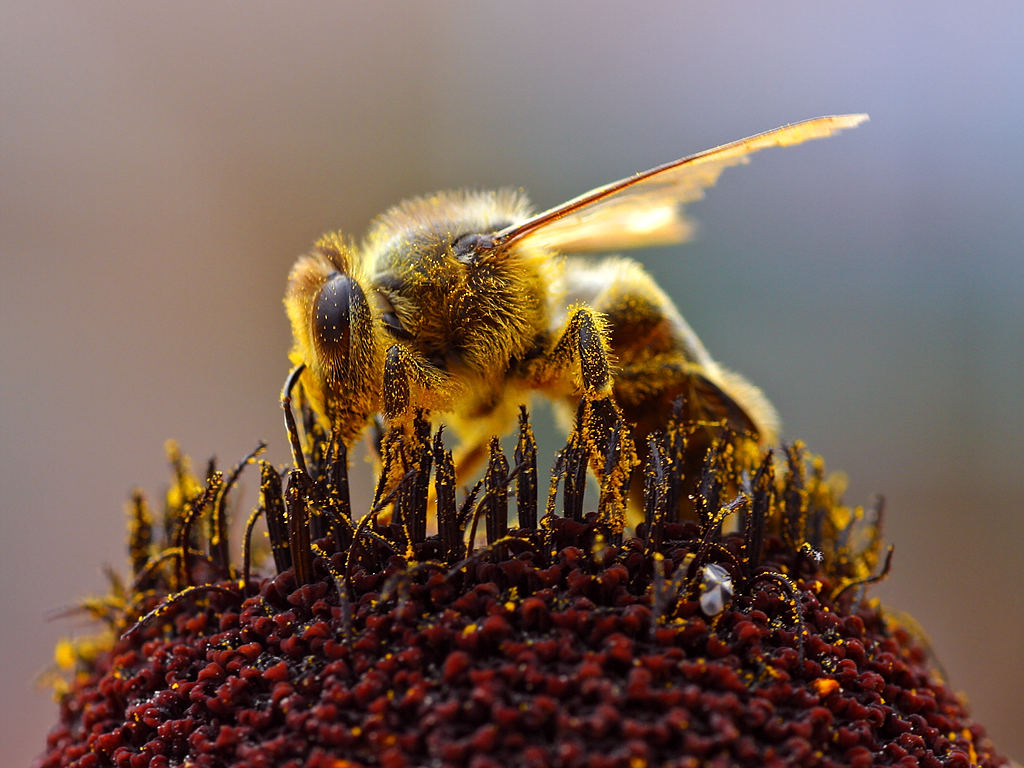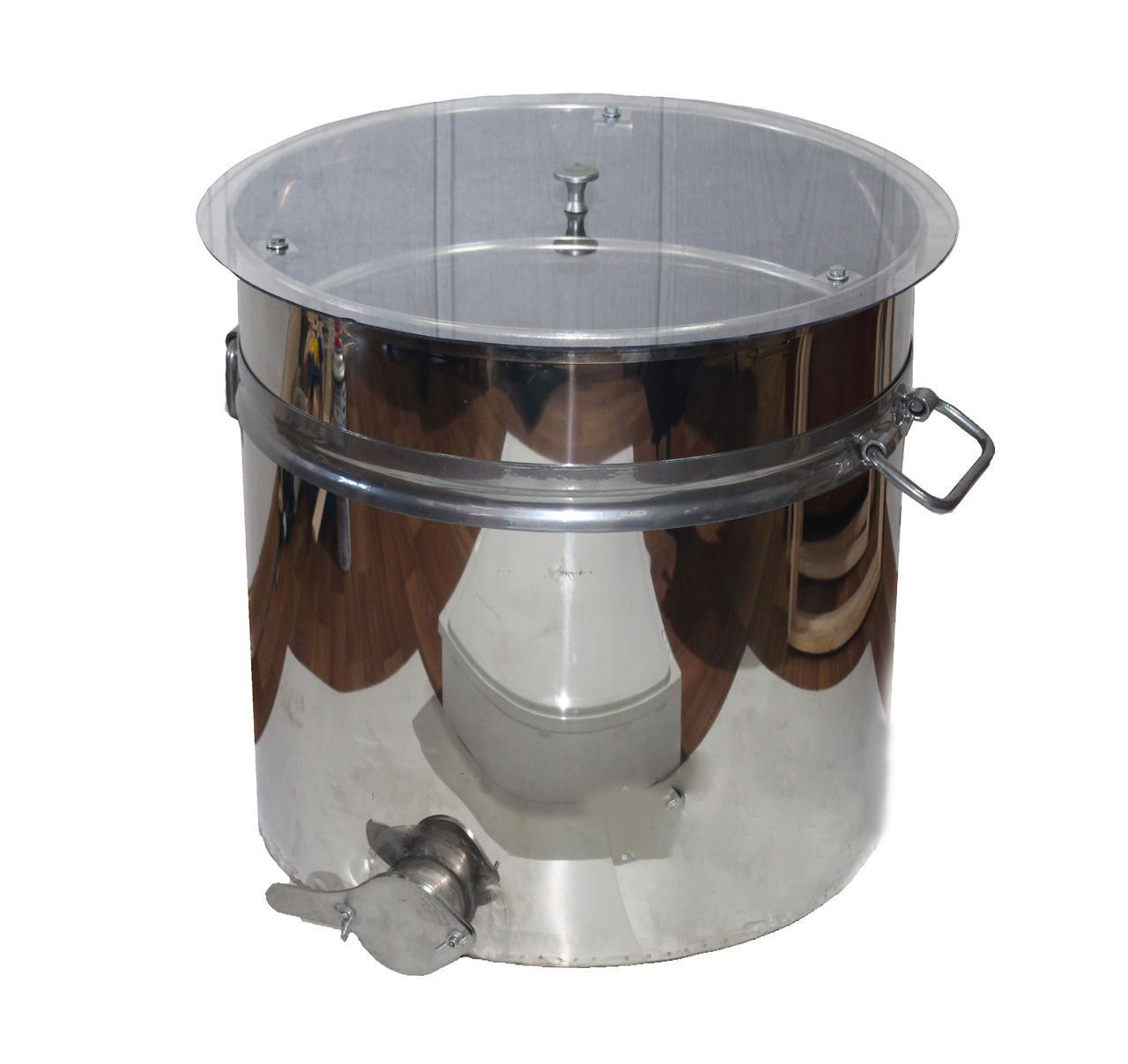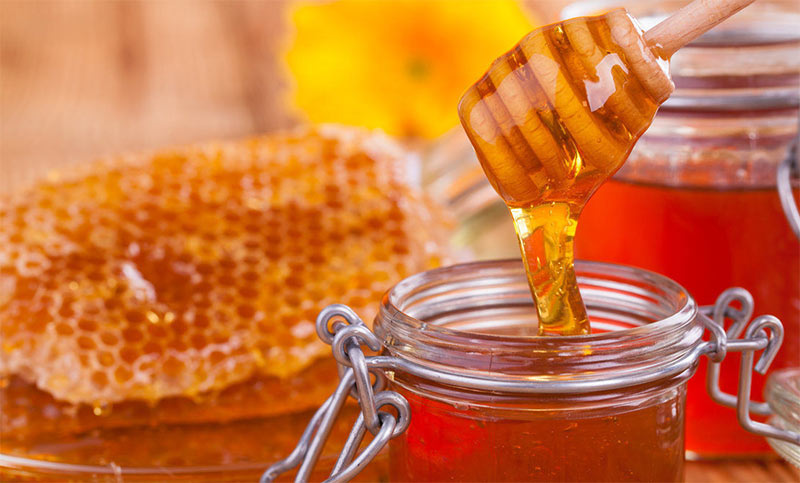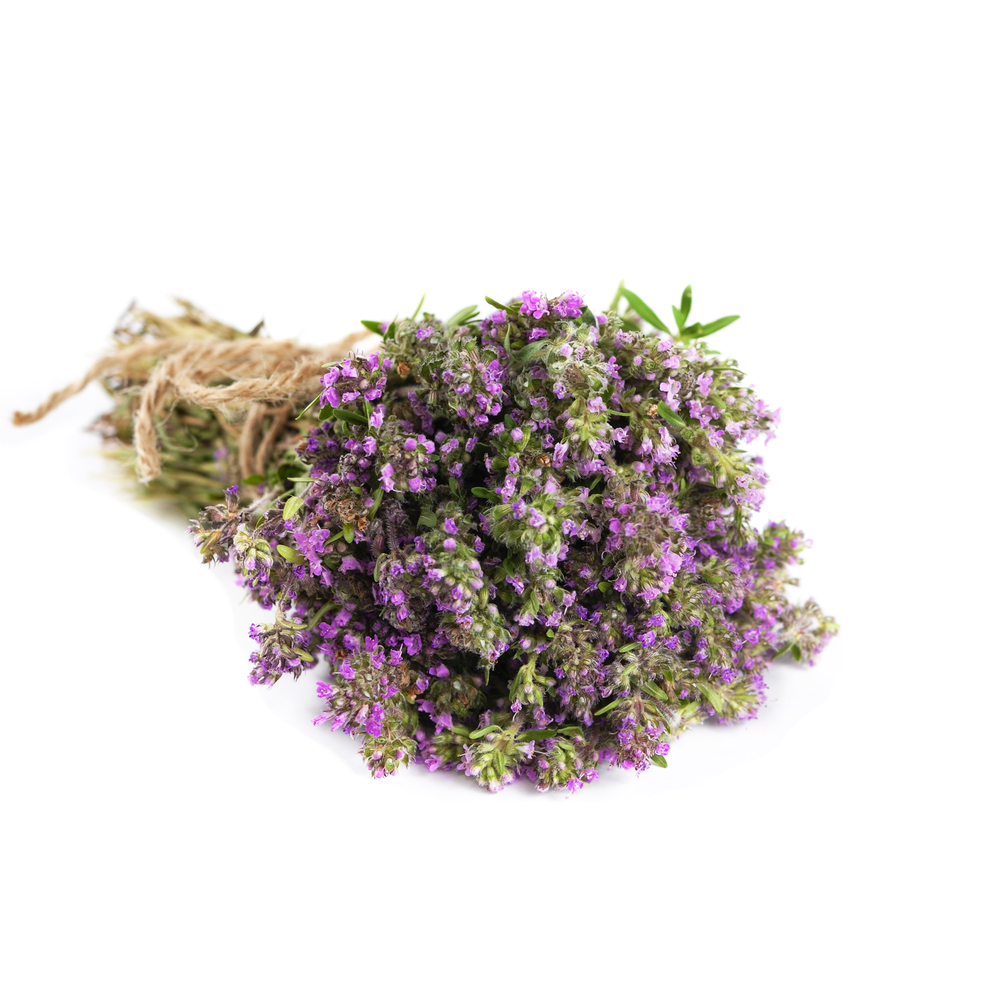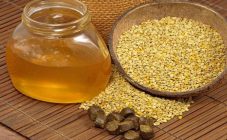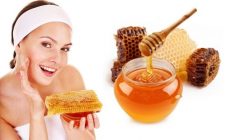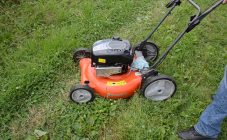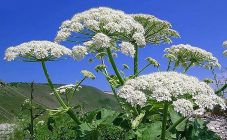Content:
Despite the fact that the modern food industry produces a wide variety of products, most people prefer natural food that is grown or created naturally. One of these natural products is honey, interestingly, it is more often than others counterfeited. Usually low quality honey is produced on an industrial scale, sold in chain stores. Experts turn to beekeepers in the region - they have no doubts about natural honey. Small producers tend to pay great attention to the quality of the product.
All about bee nectar
What is honey? This is flower nectar processed by bees or juice from the buds of some tree species. 80% honey consists of glucose and fructose. The remaining 20% are vitamins, minerals, trace elements and water. Honey can be in a liquid, thick, sugared state. The liquid consistency is more appreciated than others. It is considered to be the freshest high quality honey.
If honey is not less than 40% of the nectar of one plant species, then it is called monofloral. The most popular types of monofloral honey:
- Buckwheat,
- Lime,
- Donnikovy,
- Acacia,
- Clover.
Mixed honey from the nectar of several plant species is called polyfloral.
Honey is an ambiguous product. For all its popularity, many people are wary of it.
Main characteristics of honey
| Benefit | Harm | Contraindications for use |
| Improves Digestion | Forbidden for children under 2 years old | Individual intolerance |
| Speeds up metabolism | Provokes the development of caries | Liver cirrhosis, gallstones |
| Has antimicrobial and tonic effect | Factory honey contains many preservatives, due to which beneficial properties are lost | Increased acidity of the stomach |
| Enriches the body with vitamins and microelements | Excess weight |
How to distinguish quality honey
- This natural product has a tart note and a pleasant aftertaste. Fakes always have a luscious taste;
- The color of honey is very diverse - from white to blue, but each type of plant has a specific color. If you study the table of honey colors in advance, then before buying you can distinguish the original from a fake by the name and color;
- The consistency of natural honey differs from artificial honey. If you rub a drop of honey between your fingers, then it should be absorbed without residue. Poor quality honey is felt by the skin, as small lumps remain. Also, when buying honey in winter, it is worth noting that natural honey by this time is likely to crystallize, artificial honey will remain liquid;
- If you put a spoon with honey in water, then take it out, then the honey should be drawn in a thin continuous stream;
- One of the main attributes of good honey is aroma. It cannot be faked. Natural honey has a thick fragrant aroma, with a long inhalation, you can even discern which plant the honey is made of. Artificial honey contains a lot of sugar, so it has almost no smell;
- If, after applying a drop of honey to a sheet of paper, wet spots appear, then the product is not natural.
Interesting facts about honey
- Honey improves memory because antioxidants support the function of brain cells;
- Honey removes alcohol from the body, so hangover symptoms are much less felt;
- In ancient times, people coated raw meat with honey and buried it in the ground. This way the meat was stored longer;
- In 1985, smugglers carrying cocaine in honey were arrested on the border with Ecuador;
- A drink made from warm milk and a spoonful of honey helps to relax and fall asleep faster;
- Honey and blood plasma have a similar composition, which is why it is quickly digested;
- The main reason why there is not enough honey this year is bad weather in the summer season, a large amount of rain prevents the bees from collecting nectar;
- If you beat honey, you get an exquisite dessert - white cream honey.
How honey is obtained
Before getting honey, bees work for a long time to create it.
Honey production
- Scout bees fly around all the surrounding meadows in order to study the area. They assess if the required flowers are available. Interestingly, bees can orient themselves by smell, time and color. If during the absence of the bees the hive is repainted in a different color, then she will find it by smell and flight time.
- Then the scouts return to the nest, where, with the help of a special ritual dance, they explain to the field bees everything that they managed to find out during their departure;
- Field bees are sent to the place where the flowers gather. They descend on the flower and fill their ventricle with nectar, then return to the hive;
- They are met by worker bees, pumped out of the ventricle and mouth of the collected nectar. The worker bees then chew the nectar for several hours. With the help of saliva, complex carbohydrates are broken down into simple ones;
- After that, the processed nectar is poured into a honeycomb for drying;
- After the excess moisture has evaporated, the honeycomb is sealed with wax.
This is one complete cycle of honey production by bees. It usually lasts about 1.5 weeks. One bee colony collects up to 150 kg of honey during the summer season. Further, the sealed combs are stored for a long time until the bees eat them.
How beekeepers get honey
| Production method | Description |
| Fence with honeycombs | This method is permissible only if further breeding of the hive is not planned. At the same time, professionals note that it is honey in combs that is completely natural and real. In addition, honey in combs is better stored and does not crystallize. All insects must be removed before combing. |
| Pumping out | The technology of honeycomb extraction itself is the same as for harvesting. But then honey is extracted from the honeycomb, and they are installed back. Pumping is carried out using a honey extractor. At the same time, the volume of honeycombs does not decrease, they remain intact and can be used for the next year. The bees will immediately start collecting honey. |
Honey extractors are chordial and radial. On large apiaries, whole lines for pumping honey are installed. On the line, the job of the beekeeper is to feed and remove frames from the line. A filled honey extractor weighs 50 kg. It is recommended to install it on some surface in advance, so the drain valve is at the bottom of the container. It will be problematic to lift a tank filled with honey. In addition to honey, you can extract from the honey extractor a cap - another useful product of beekeeping. It is a natural gum that helps fight colds.
Honey decrystallizer
Honey often crystallizes during storage. In order to return it to a liquid state, a honey decrystallizer may be required. Such a device is necessary so that the quality of honey does not decrease during heat treatment. Thanks to built-in sensors and thermostats, the temperature is maintained at a level of + 40… + 50 ˚C.
Sump for honey
To get rid of impurities and impurities, a honey sump may be useful to the beekeeper. It is a metal cistern with an inner and outer wall. The space between them is filled with warm water.Creation of a thermal effect allows to separate large impurities from the bulk of honey.
The production of honey on an industrial scale may require large containers. There are honey cubotiners. With their help, it is much easier to organize transportation and storage.
Why honey bees
The harvesting of honey by bees was laid by nature. Bees live according to the hierarchy, each family member has his own task. Each family has several thousand individuals, so the issue of food is acute. The main reason why bees need honey is to provide the family with food in the winter. The content of carbohydrates and water in honey is ideally balanced for the bee's body. As a protein food, bees harvest bee bread.
Bees are by nature hardworking and thrifty insects, so they harvest honey many times more than the required amount. This is also not without reason, because the family is reinsured against a long winter or the invasion of intruders (bears).
Is it possible to get poisoned with honey
Even the most natural foods can pose a threat to human health under certain conditions. For those who actively consume honey, the question is whether it is possible to get poisoned with honey. Unfortunately, the possibility of poisoning does exist, but not all honey can become poisonous.
There is drunk honey, the consumption of which can cause the following symptoms of intoxication:
- Sweating, fever;
- Dizziness, nausea, vomiting;
- Headache, joint pain, muscle pain;
- Loss of consciousness, weakness.
Drunken honey is not easy to identify. Outwardly, it looks like normal, but there is a distinct smell of burnt sugar. There is also a high probability of getting drunk honey if the following herbs grow near the apiary: wolfberry, heather, wolf's bast, aconite, hellebore, dope, mountain laurel, rhododendron.
Poisonous substances in such honey can be destroyed:
- Boil honey at +50 ˚C;
- Store it for a very long time until the honey completely crystallizes.
In addition to drunken honey, there is an autumn honey-intoxication, from which there is an attack of sneezing and vomiting. It can be identified by an active obsessive smell. Also, signs of poisoning sometimes appear in people suffering from allergies to honey. Its manifestations are itching, hives, runny nose and headache.
How much honey is digested
Bee honey has the ability to be digested very quickly by the body, without burdening the liver and digestive tract. On ¾ honey consists of simple sugars, which are immediately processed and fully absorbed. One teaspoon of the product contains 60 kcal, which are converted into energy much faster than other foods. Average digestion time is 40 minutes.
How to strain
Honey can contain 2 types of impurities:
- Natural - residues of pollen and wax, micro mites, algae;
- Outsiders - dust, stove-makers, the remains of honeycombs and insects.
To obtain a pure, high quality product, a two-phase purification is required:
- To remove impurities, honey from the sump is filtered through a metal sieve. Since the mesh of the sieve is very small, the tool quickly clogs up. It is therefore important to have 1-2 replacement sieves on hand.
- Letting the honey settle for several days allows the heavier particles to settle to the bottom.The lightest natural impurities, on the contrary, end up on the surface. The duration of honey settling depends on the temperature of the content: + 10 ˚C - 15 days, + 20 ˚C - 3 days, over + 30 ˚C - no more than 1 day.
Which honey is better
There is a lot of controversy about the quality of honey, depending on the period of its pumping. Even experienced beekeepers cannot always objectively answer which honey is better: first or second pitch. In May, the first honey-bearing herbs bloom, bees fly out to collect nectar. Therefore, first-pitch honey is called May. Its advantage lies in the fact that it retains its liquid form during long storage.
It is known that honey harvested from cruciferous plants (sunflower, mustard) is not suitable for storage. It candies very quickly.
The second pitching begins in July - August, the honey is called mature. It is recommended to store it in winter. It retains its properties during long storage.
Honey color
Depending on the plant from which the bees collect nectar, the color of the honey differs.
Color matching table for honey and plants
| White | Veronica, national fescue |
| Pale yellow | Acacia, radish |
| Light yellow | Willow, mullein |
| Lemon yellow | White mustard, rapeseed |
| Dirty yellow | Apple tree |
| Golden yellow | Sunflower, yellow sweet clover, tartar honeysuckle |
| Yellow green | Oak, walnut |
| Soft green | Linden |
| Green | Blooming Sally |
| Gray-white | Tatar maple, raspberry, plantain |
| Gray yellow | Maple syavor |
| Dirty gray | Sowing alfalfa |
| Orange | Dandelion medicinal |
| Light brown | Common cherry |
| Brown | Cornflower meadow, white clover, sainfoin |
| Dark brown | Hawthorn, common buckwheat |
| Yellow brown | Sweet cherry, plum, common apricot |
| Dark red | Common chestnut |
| Burgundy | Horse chestnut |
| Chocolate | Clover red |
| Blue | Phacelia |
| Dark blue | Common bruise |
Honey is the most valuable natural product. Almost everyone knows where honey comes from. Whole bee families are working on its creation. Honey production by bees is continuous. They store so much product that it is enough not only for feeding the bees, but also for humans. Nobody knows everything about honey. Its beneficial properties are being researched to this day.

